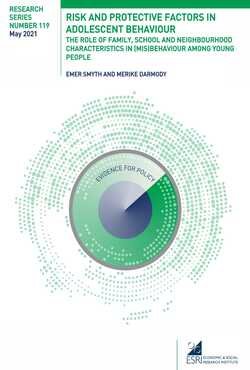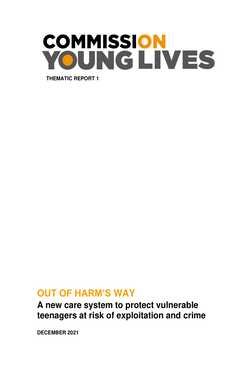By José Miguel Cruz, Ph.D. Andi Coombes, M.S.c. Yemile Mizrahi , et al.
Can a gang member in Honduras leave the gang, abandon criminal activities, and rehabilitate? What factors facilitate the process of disengagement from gangs in Honduras? To answer these questions, the American Institutes for Research (AIR), the Kimberly Green Latin American and Caribbean Center at Florida International University (LACC-FIU), and Democracy International (DI) conducted a study with Honduran gang members and former gang members across the country. The study is based on a survey with a sample of 1,021 respondents with a record of gang membership and 38 in-depth interviews with former gang members and other community members. Active gang members do disengage from the gang and its activities, but this disengagement depends on a myriad of factors, including the types of social relationships which the individual establishes outside the gang, the type of gang organization, and the availability of faith-based programs willing to reach out to the individual. This study, funded through the United States Agency for International Development (USAID) Latin America and Caribbean Youth Violence Prevention project, builds on previous academic scholarship on gangs in Honduras and Central America. We conducted the survey interviews in three adult penitentiaries, three juvenile detention centers, two juvenile parole programs, and several faith-based centers which work with former gang members in Tegucigalpa and San Pedro Sula. We complemented the information with semistructured interviews with 14 former gang members in the metropolitan areas of San Pedro and La Ceiba. We also interviewed 24 subject-matter experts and community members in Tegucigalpa, San Pedro Sula, and La Ceiba. We contracted a local firm, ANED, to conduct the survey interviews and trained a local team of interviewers, who collected the information under our direct supervision. For the in-depth interviews, we contracted and trained two local specialists. Data collection was conducted between October and December 2019.
Washington, DC: American Institutes for Research & Florida International University , 2020. 91p.




















